Trouble in Indian Country: Voter Suppression
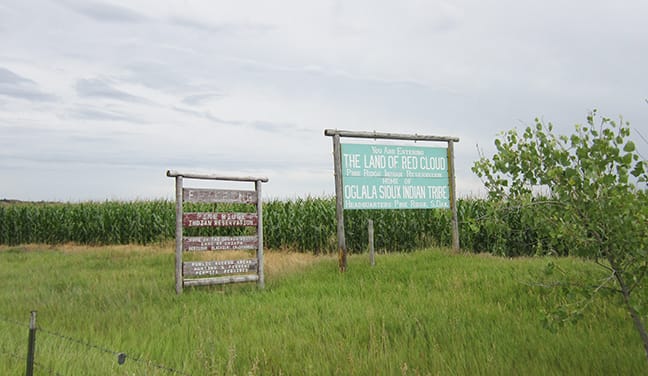
Nearly a century after Congress declared Native Americans to be US citizens with the right to vote, the ballot box remains often unreachable—literally and figuratively—for some of the poorest and most isolated tribal communities in the country. Like African Americans and women before them, Native Americans are effectively being denied the ability to vote.
The issue is national in scope, affecting tribes in Montana, South Dakota, New Mexico, Alaska, and other states. For many tribes, the civic duties of registering to vote and casting a ballot have become profoundly problematic tasks impeded by the obstacles of distance, race, and poverty.
But a team of CGU researchers—led by Jean Schroedel, a professor in the university’s Division of Politics and Economics and a leading expert on Native American voter suppression, and including Robert Saporito, a PhD student in political science—is playing an active role in studying the disenfranchisement and voter suppression of Native Americans. In a recent case, the team’s extensive research served as key evidence in a federal case involving voter access for isolated tribes in Montana. Saporito, whose studies focus on American politics and political theory, was part of another round of research conducted by Schroedel’s team this summer. In the following passages, he details his experiences in South Dakota, a state where the Wounded Knee Massacre site remains immortalized as a historical touchstone to centuries of conflict.
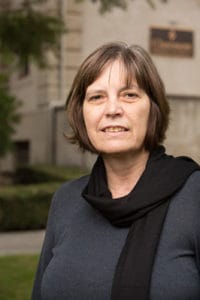
The first day in South Dakota, we drove down to the Pine Ridge Reservation, more than 100 miles from the nearest urban center, Rapid City. We were staying in the Black Hills area, and the drive took us past beautiful vistas of towering pines and picturesque lakes, and through Wind Cave National Park, one of the last places in the state where you can see wild buffalo. The last stop before the reservation border was Hot Springs, a small town with a quaint main strip of cafes and antique stores and a troubled history of discriminating against Native Americans.
Despite the idyllic scenery, we were about to discover that we were 15 minutes from one of the poorest counties in the entire country.
The hills and the trees began to thin out and, as we crossed on to the reservation, we were struck with an overwhelming feeling of emptiness. This land was desolate. Years and years of forced migration had pushed the Oglala Sioux onto some of the least fertile lands in the country. Real crops couldn’t grow here, only tall grass to be used for hay.
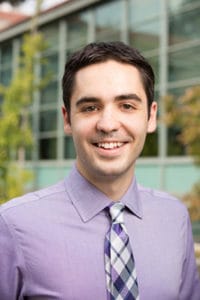
I’m not sure many of us came to South Dakota with a true understanding of what we would see over the next week. Dropping eight grad students onto a South Dakota Indian reservation and asking them to take surveys and collect data was a bold proposition from the start. This was especially true considering most of us grew up in urban environments.
The first and most noticeable aspect of reservation life was the level of poverty among the tribe. Poverty out on the Great Plains is vastly different from the poverty many of us experience in cities. Residents on the Pine Ridge Reservation suffer from nearly 41 percent unemployment and earn an average per capita income of less than $6,000. Nearly all of the residents live in mobile homes, sometimes with up to 15 people living in one household.
After securing approval from the Oglala Sioux Tribal Research Review Board, we began our study. Over the course of a week, we interviewed and surveyed more than 177 individuals both on and off the reservation. We also gathered socioeconomic info, examined census records, and analyzed voting registration and turnout data from Jackson County.
Much of our time was also spent off the reservation, at county government offices and grocery stores nearest to the reservation border. We documented drive times and distances traveled between population centers on the reservation and services in the border towns. Geographic isolation was the key factor we were examining. Many of Jackson County’s Native Americans lived so far away from modern conveniences that travel and accessibility become unavoidable and daunting considerations when it came to everyday tasks like driving to work or purchasing food.
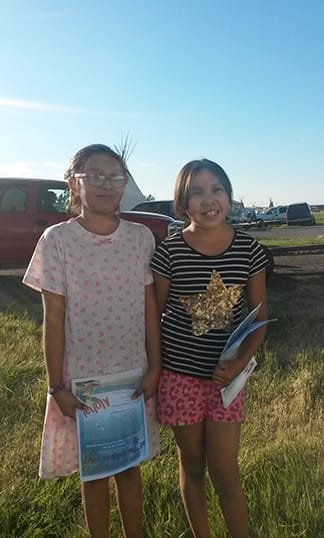
To put things in perspective, in New York City, a $2.50 subway ticket can get you anywhere you need to go. Better yet, that same subway ticket provides you with some shelter for 18 hours a day. When a person from the middle of the prairie has that same $2.50, it won’t get them very far at all. Food costs are higher and compromises must be made just to survive. When the closest supermarket is an hour-and-a-half away, it is much easier to buy groceries at the gas station’s mini-mart, “conveniently” located only 20 miles from home. Because of situations such as this, buying healthy food is hardly an option.
One young Native American woman noted that, along with 11 people living in her home, she must travel a distance of 15 miles to get to work. She either finds a ride to work or walks half of the distance and hitchhikes. Moreover, the town of Potato Creek has no grocery stores, which requires her to travel to other communities such as Kyle or Wanblee—more than 15 miles away—for basic goods. In comparison, one would have to drive from Claremont to West Covina to cover said distance—and that is for basic necessities, not luxury items one would purchase in a mall. Another woman said she must travel 16 miles one-way to take her four children to the Head Start Program; as she noted, “it makes everything harder.”
These circumstances were the same when it came to post offices, polling locations, and county courthouses; all of which need to be accessed for absentee and mail-in ballots. In essence, tribal members were arguing that the long distances they had to travel to reach such facilities—often located in hostile non-tribal communities—effectively denied them the ability to vote, either in person or by mail.
Socioeconomic conditions only make the problem worse. When parents need to decide between buying diapers for the week or buying gas to get to work, driving to a polling place and waiting in line all day is the last thing on their mind come election season.
Circumstances were the same in Montana, where Schroedel and other members of our team had previously conducted research. There, researchers analyzed data from Big Horn, Blaine, and Rosebud counties to determine whether travel distances to election offices unfairly affected residents of the Crow, Northern Cheyenne, and Fort Belknap reservations.
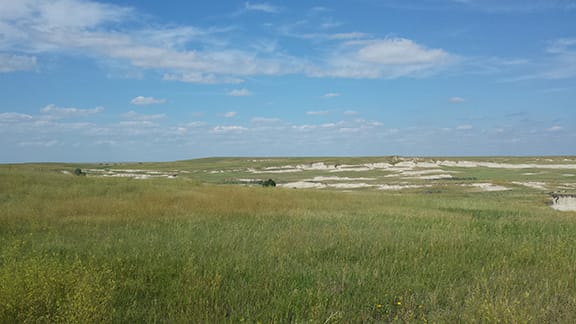
They also collaborated with Professors Tom Horan and Brian Hilton of CGU’s Center for Information Systems & Technology to decipher and illustrate the data using the latest geographic information systems (GIS) mapping software.
Their research showed that travel distance combined with socioeconomic factors had a significant adverse impact on reservation residents’ participation for in-person absentee voting and in-person late registration. For many poor residents of the reservations, the costs of traveling to election offices often meant sacrificing the ability to put food on the table.
“The $10.40 that an Indian in Big Horn County would spend on a trip to the courthouse is the purchasing equivalent of three gallons of milk,” Schroedel said. “The $14.74 travel cost for Indians in Blaine is the purchasing equivalent of four pounds of hamburger, while the $21.02 cost of gasoline for Indians in Rosebud would purchase two regular-sized packages of disposable diapers.”
As an expert witness, Schroedel provided testimony in the case of Wandering Medicine vs. McCulloch, in which a group of Native Americans sued state and county officials, arguing that the long distances they had to travel to reach election offices effectively denied them an equal ability to register and vote.
The lawsuit was settled in favor of the plaintiffs in the federal District Court in Billings on June 10, 2014, when government officials agreed to open satellite election administration offices on three reservations.
“This is a huge victory for Native Americans in Big Horn, Blaine, and Rosebud counties, and I’m proud of the way our CGU team pulled together to contribute to it,” Schroedel said.
A nearly 100-page monograph based on this research is being published later this year in Studies in American Political Development, a major journal published by Cambridge University Press.
The research that we gathered in South Dakota will undoubtedly prove to be just as pivotal to the issue of equal voting access for all Native Americans, the last group of persons born in the United States to gain citizenship and the right to vote. Despite Schroedel and our team’s arduous research, dilution and suppression of the Native vote remains overlooked and underreported.
I kept this in mind during the course of our research at the Pine Ridge Reservation. It was imperative at times to simply stop and listen to what tribal members had to say. Their history and culture runs rich and deep. Their heritage is much more a part of their day-to-day lives than it is for most of us. The problems and circumstances these people grapple with are vastly different than those most of us will ever face.